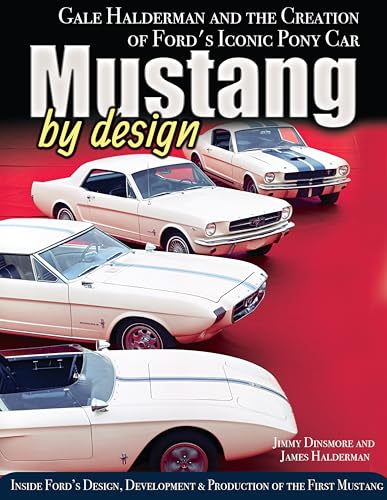boilermaster
Well-known member
Jasay,
As simple as your points type distributor seems, there is an awful lot that that has to happen inside there to give you good spark intensity and correct base timing, vacuum advance and mechanical advance.
Carcrazy73 suggests checking the points plate assembly and I agree that it needs to be looked into.
Also don't overlook the little ground wire going from the points plate to the distributor case, can and will cause loss of spark.
The points plate has to be lubricated too at the little plastic tabs, at its pivot point and also at the attachment point to the vacuum advance can.
any sticking at any of these places and your timing could be way off.
you can get a new points plate from rock auto for 18 bucks.
I will suggest trying this, When the engine is running well, check your base timing with the vacuum advance hose off and plugged and record the figure, when it acts up, go back and re-check and see if the numbers are the same or different.
If you have a handheld vacuum pump, that would make things a lot easier to determine if the vacuum advance is sticking.
A word to the wise here, if you decide to replace the points plate, make sure you can safely remove the 2 attachment screws from the vacuum can first, they have an awful tendency to be frozen in the housing.
As simple as your points type distributor seems, there is an awful lot that that has to happen inside there to give you good spark intensity and correct base timing, vacuum advance and mechanical advance.
Carcrazy73 suggests checking the points plate assembly and I agree that it needs to be looked into.
Also don't overlook the little ground wire going from the points plate to the distributor case, can and will cause loss of spark.
The points plate has to be lubricated too at the little plastic tabs, at its pivot point and also at the attachment point to the vacuum advance can.
any sticking at any of these places and your timing could be way off.
you can get a new points plate from rock auto for 18 bucks.
I will suggest trying this, When the engine is running well, check your base timing with the vacuum advance hose off and plugged and record the figure, when it acts up, go back and re-check and see if the numbers are the same or different.
If you have a handheld vacuum pump, that would make things a lot easier to determine if the vacuum advance is sticking.
A word to the wise here, if you decide to replace the points plate, make sure you can safely remove the 2 attachment screws from the vacuum can first, they have an awful tendency to be frozen in the housing.





















































